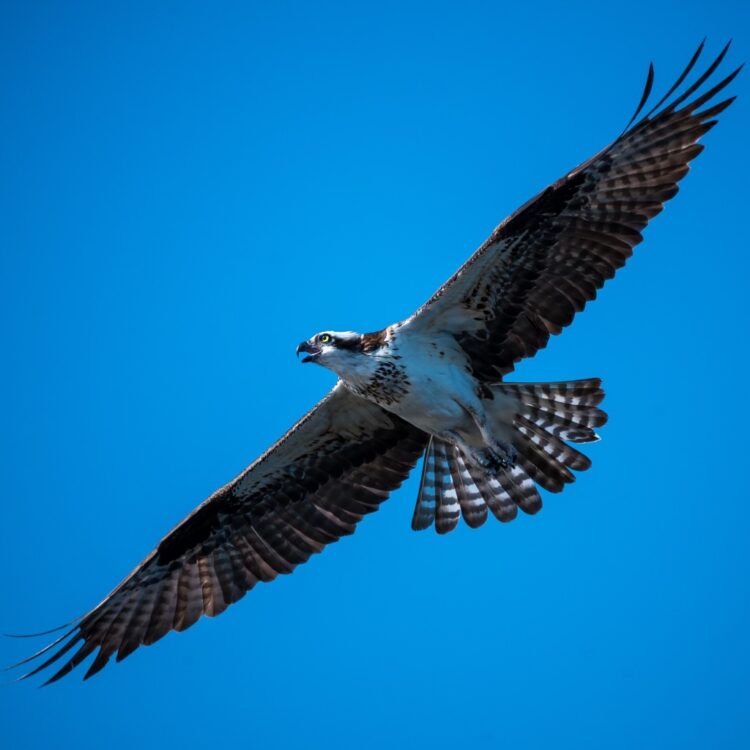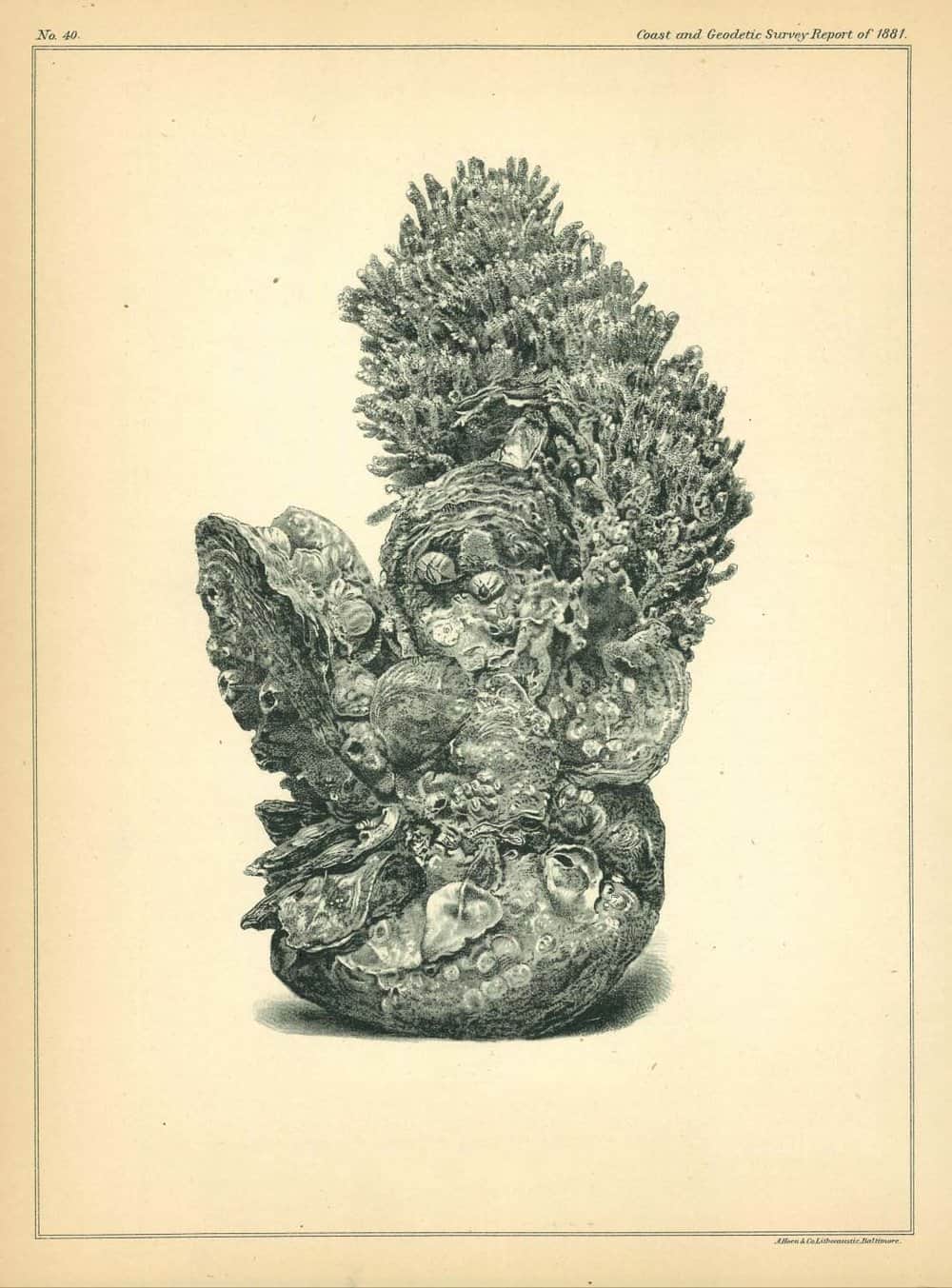Around the Chesapeake Bay watershed, ospreys are known as harbingers of the spring. Their arrival home, after wintering in warmer climes, is the result of a migration often involving thousands of miles. But as many years as we’ve watched them return home to their estuary, how much do we actually know about these incredible raptors?
Two festivals taking place this month will celebrate the osprey—one in Southern Maryland this weekend and one on VIrginia’s Northern Neck next weekend.
Ospreys are strong fliers, logging, on average, 150,000 migration miles during their lifetimes (one osprey was logged flying 2,700 miles over just 13 days).
And if you’ve ever watched one on the Bay, you know they’re experts at catching live fish. Barbed pads on the soles of the birds’ feet along with a reversible outer toe help ospreys become excellent anglers, catching fish with a success rate most fishermen would dream of.
“They’re exceptional hunters,” says Chris McNelis, member of the “Bird of Directors” for the 4th annual Maryland Osprey Nature Festival in Calvert County on April 6. “And since they only catch fish on the surface of the water, we get an incredible amount of enjoyment out of watching their play and their hunting. Their presence on the Bay is a sign of spring and summer for us.”
McNelis and the organizers of this year’s festival are bringing greater awareness to the area’s favorite raptor by allowing attendees to get up close and personal with the birds for the weekend of the festival. For adults, there are presentations featuring everything from live birds to fossils. For kids, there are scavenger hunts, games, arts and crafts, live bird exhibits and demonstrations, face painting, and much more. It all takes place at the mouth of the Patuxent River, where you can often spot osprey in the wild.
“The festival is a wonderful opportunity to connect people with raptors and birds of prey,” says McNelis. “Our role is to help understand the ecosystem, the nature that inhabits the region, and most importantly expose some of the challenges that various birds and animals face, specifically regarding food sources.”
One way that the Festival seeks to educate the public about the osprey’s food insecurity is to bring light to the overharvesting of menhaden. “Menhaden are a very important food source for osprey and other raptors, and their overharvesting for animal feed challenges the ecosystem of the birds here,” says McNelis. A screening of the film “The Biggest Little Fish You’ve Never Seen” at 2 pm will explore the issue and its potentially devastating impact on the Bay’s ecosystem.
“’The Biggest Little Fish’ is the thing that we feel has the biggest discussion of what our birds are dealing with,” says McNelis. “By playing the movie at the event, we’re trying to bring awareness to the situation.”
To learn more about ospreys and their significance to our region, visit the Maryland Osprey Nature Festival at Drum Point in Lusby on Saturday, April 6.
Just a week later, the Virginia Osprey Festival takes place in Colonial Beach. On Saturday, April 13, from 9 a.m. to 4 p.m., the Virginia Osprey Foundation hosts a day of learning about and celebrating these taloned predators. The festival is at Town Hill on the corner of Washington and Colonial avenues.
Visitors can take golf cart or trolley tours to Colonial Beach’s “Osprey Garden” and a variety of conservationists and educators will speak, including renowned osprey biologist Dr. Paul Spitzer. There will be live wildlife ambassadors like Vega, the turkey vulture. On Sunday, April 14, kids can participate in a “Fly Like an Osprey” kite-flying event on the beach.
From Colonial Beach to Drum Point, we’re thrilled to see the ospreys back from their South American winter.



